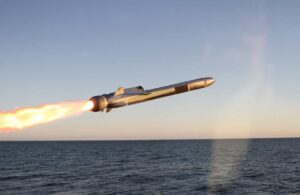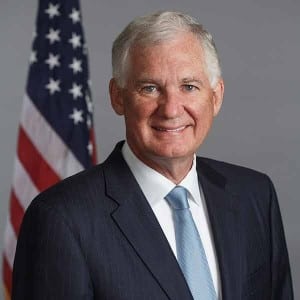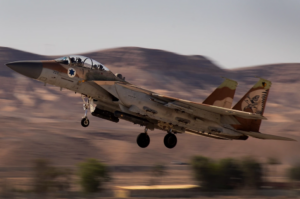
Norway’s Kongsberg on Tuesday said it will be building a new factory to build and provide support for Naval Strike Missiles (NSM) and Joint Strike Missiles (JSM) in James City County, Virginia. The company said its decision to locate the new facility in the U.S. was “heavily influenced” by the possibility the Defense Department May award of a multiyear procurement contract to Kongsberg for these missiles. The new facility will assemble, upgrade and repair NSMs and JSMs. The company said…

 By
By 








